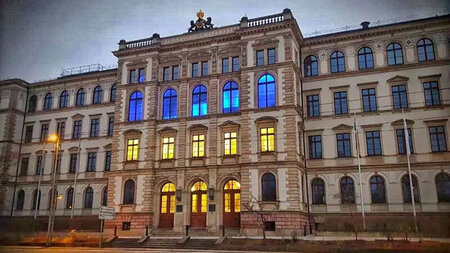Magnetic Nanostructures – Coupling Phenomena and Scaling
Magnetic nanostructures are of considerable interest both from the point of view of fundamental science as well as industrial applications. This is because of the novel magnetic properties that such nanostructures can exhibit and the possibility to engineer structures with specific properties. As a consequence, current and potential uses have arisen in a range of technological applications such as information storage, sensors, bio-medical applications including drug delivery, and spintronic devices. Novel properties in magnetic nanostructures can arise for a number of reasons, such as confinement of the magnetic material into two- or one-dimensional structures and close proximity with other materials in layered or nanocomposite structures. Exciting physical phenomena such as giant and tunnel magnetoresistance, exchange bias, and spin-torque induced dynamics or reversal can then result and there are worldwide major research efforts in the field of magnetic nanostructures. |
A highly innovative approach to form large area nanostructure arrays is the deposition of material onto self-assembled nanoparticle monolayers. Deposition of Co/Pt multilayers in particular leads to exchange isolated, quasi single-domain nanocap structures with a locally varying anisotropy orientation pointing perpendicular to the particle surface (see figure 1). Such anisotropy distribution has a pronounced impact on the magnetization reversal mechanism and can be used to study magnetic coupling phenomena in nanostructures.
In this regard, magnetic nanocap arrays are suitable to probe the scaling behavior of perpendicular exchange bias in bilayer systems consisting of a ferromagnetic (Co/Pt) and an antiferromagnetic layer (IrMn, CoO). Recently, this research was extended to exchange spring systems analyzing the reversal behavior and thermal stability. This study is supported by micromagnetic simulations to get a better understanding of the underlying spin dynamics and domain configurations during reversal. |
|
| Figure 1: A, Schematic showing the nanocap formation on a particle monolayer. B, Magnetic force microscope (MFM) image revealing magnetic single domain cap structures with perpendicular magnetic anisotropy. |





